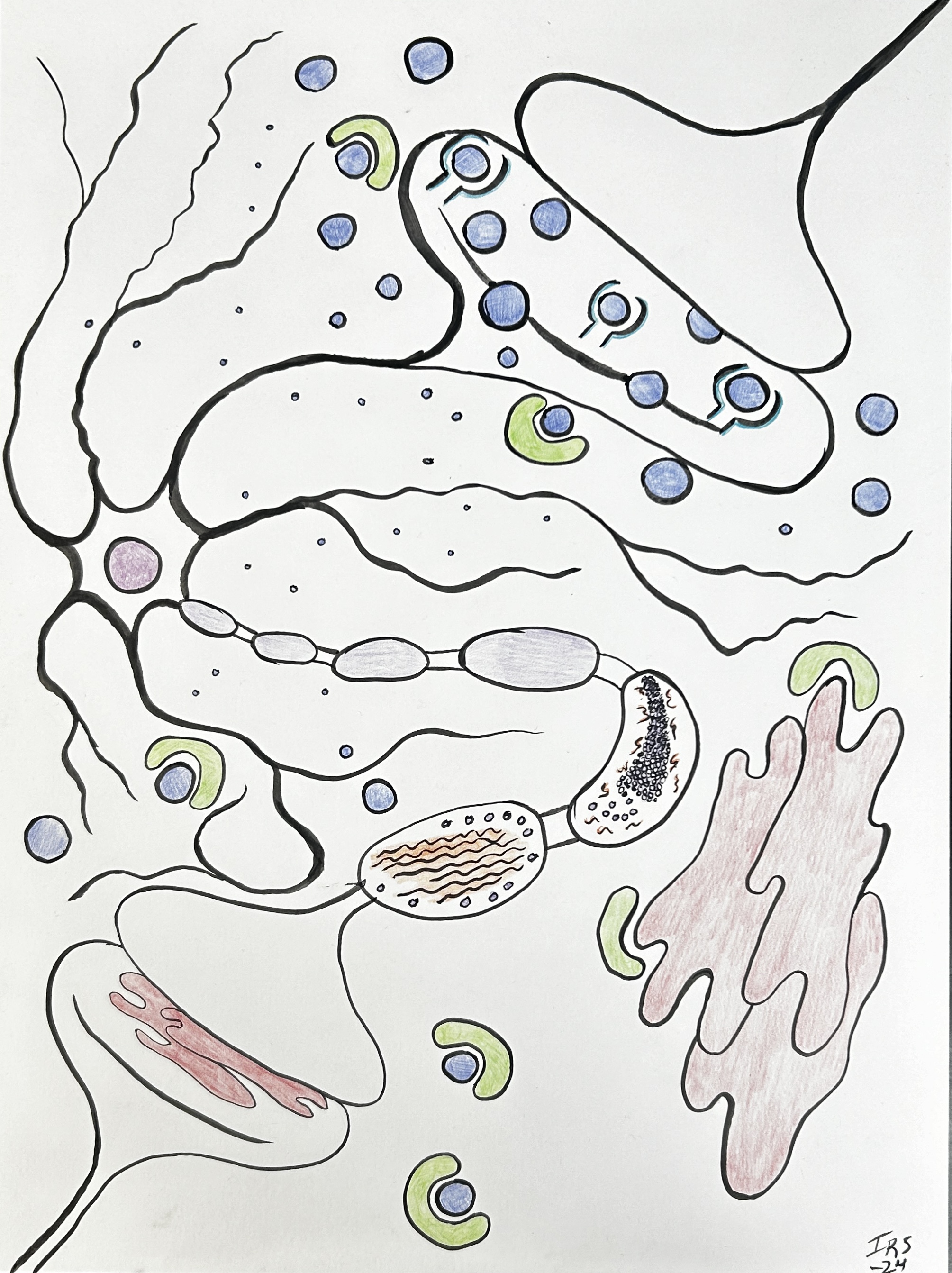Insulin is a signaling molecule that is found throughout the body and brain. Though it is most often associated with diabetes mellitus, insulin and its downstream signals also play pivotal roles in the development and function of the brain. This has led researchers to explore the role insulin signaling may play in the development of Alzheimer’s Disease (AD).
What is Alzheimer’s Disease?
AD is an extremely common neurodegenerative disease that is characterized by the presence of neurofibrillary tangles (NFTs) and amyloid-beta plagues. These physical aspects of the disease cause the psychiatric symptoms most people associate with AD. Consensus on how the NFTs, and beta plaques cause neurodegeneration has effectively been reached. The question remains on what causes these structures to form[1].
Insulin and the hallmarks of AD
When insulin’s signaling pathway is disrupted, the condition is called “brain insulin resistance” and it is hypothesized to be a leading cause of AD pathologies, including NFTs and beta plaques which lead to cognitive impairment.
NFTs:
Neurofibrilarry Tangles form via the accumulation of hyperphosphorylated tau proteins. Once formed, NFTs wreak havoc on the interior functions of neurons. The tangles block up the inside of the cell and prevent critically important molecules from reaching their destinations.
What are Tau Proteins?
Tau are microtubule associated proteins that help to stabilize the cytoskeleton of the neuron. A stable cytoskeleton is important to the health of most cells, but it is critically so in neurons. The microtubule cytoskeleton inside of neurons does not merely give the cell its shape. Microtubules form a network of transportation pathways inside the neuron that allow important molecules to efficiently travel the often-expansive length of the axon. In addition to transport, microtubules in neurons are what allow them to make new connections or prune old ones. Microtubules literally build and maintain our memories, and microtubules are stabilized by tau proteins. The tau proteins that make-up NFTs are dissociating from the microtubules and accumulating, basically into junk[2].
What causes tau to become Hyperphosphorylated?
In an insulin resistant brain, the regulatory pathways that are responsible for the breakdown of tau protein accumulation stop working. When insulin release inside the brain does not induce a cellular response, Glycogen synthase kinase-3 becomes activated. GSK-3beta activation leads to both the accumulation of amyloid beta plaques, as well as tau hyperphosphorylation.
Amyloid beta-plaques:
In addition to the formation of NFTs, insulin resistance has been linked to the formation of amyloid beta plaques. This occurs because of an overabundance of insulin in the brain. The extra insulin uses up the available insulin degrading enzyme, which has been observed to play a crucial role in the breakdown of amyloid beta[3].
Artstract #1

Citations
- Akhtar and S. P. Sah, “Insulin signaling pathway and related molecules: Role in neurodegeneration and Alzheimer’s disease,” Neurochemistry International, vol. 135, p. 104707, May 2020, doi: 10.1016/j.neuint.2020.104707.
E.-M. Mandelkow and E. Mandelkow, “Biochemistry and Cell Biology of Tau Protein in Neurofibrillary Degeneration,” Cold Spring Harb Perspect Med, vol. 2, no. 7, p. a006247, Jul. 2012, doi: 10.1101/cshperspect.a006247.
- Akhtar and S. P. Sah, “Insulin signaling pathway and related molecules: Role in neurodegeneration and Alzheimer’s disease,” Neurochemistry International, vol. 135, p. 104707, May 2020, doi: 10.1016/j.neuint.2020.104707.